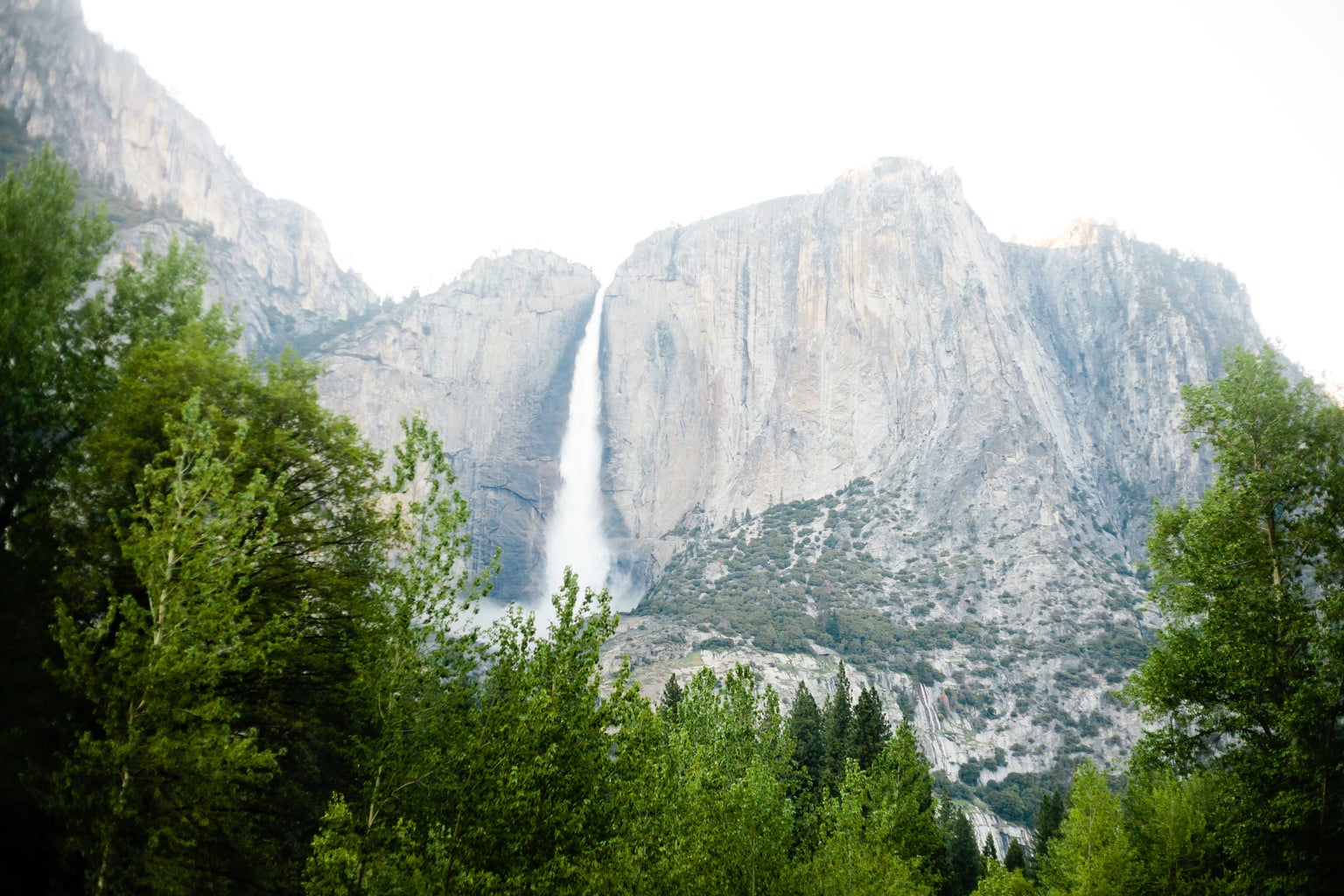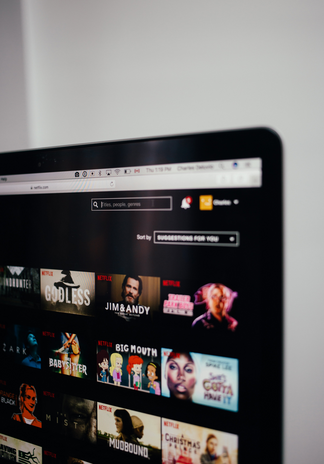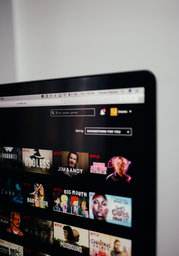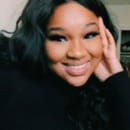Although we’ve ditched 2020 behind as a year, it’s remnants of political and social unrest persist and the virus shows no indication of letting up any time soon as numbers, both nationally and abroad continue to spike. And in more recent developments, it’s been reported that the virus now has mutations—as expected—which have already begun to show up in places like the United Kingdom and South Africa. With that said, this also means that more than ever before, people are at home using streaming services like Netflix, Hulu, Amazon Prime Video, Apple+, Peacock, and for some much needed R&R—which stands for rest and relaxation—(myself included). Truthfully, I can’t remember the last time I’ve had a ‘normal’ sleep schedule that didn’t involve me staying awake until the early AM, sleeping all afternoon, and working late on assignments. Because between finishing up my last year of college, maintaining pandemic safety, trying to find employment, contributing to household bills/necessities, and binge-watching multiple series at once, it’s been a very unorthodox year for me. When I’m not moping about how my 20s will be withering away because of this pandemic, you would most likely find me streaming one of the most talked-aboutt shows of the year (which premiered December 11, 2020), Amazon Prime’s The Wilds. *This article might contain spoilers so read at your own discretion*
If you haven’t heard of The Wilds, it’s a young adult television series about nine gal pals (well, eight after the first episode) who end up stranded on an island during their en-route flight to Hawaii for an all-gals summer retreat after their plane crashes. If that doesn’t sound interesting enough, now imagine all of this happening…but not by accident. That’s just my ominous and dramatic way of stating that as the show develops, viewers find out that this ‘accident’ is actually a part of a social/scientific experiment basically to prove that womxn are superior and can establish their own societies without men. In my humble Negro opinion, Gretchen—the scientist responsible for all of this—is the epitome of white feminism. To make a long story short, Gretchen’s character sucks because she manipulated and stalked these kids, lying to their parents in order to lure them into the hands of her experiment like guinea pigs. Not to mention, this was all in order to fit her own constructed narrative, in hopes of receiving gratuitous amounts of money and professional acclaim (newsflash Gretchen: you don’t actually need to traumatize a bunch of gals of color to prove womxn are self-sufficient and have the emotional and mental capacity to create their own communities! Duh). Besides that, I thought the show was phenomenal (although colorism in terms of casting could be considered as another misstep) and I’m glad that the show has already been renewed for a second season. The show is meant to be viewed by young adults as some of the topics are a bit heavy for younger audiences such as a depiction of a student/teacher relationship, eating disorders, sexual abuse, body image issues, homophobia and queerness, and parent death, etc.
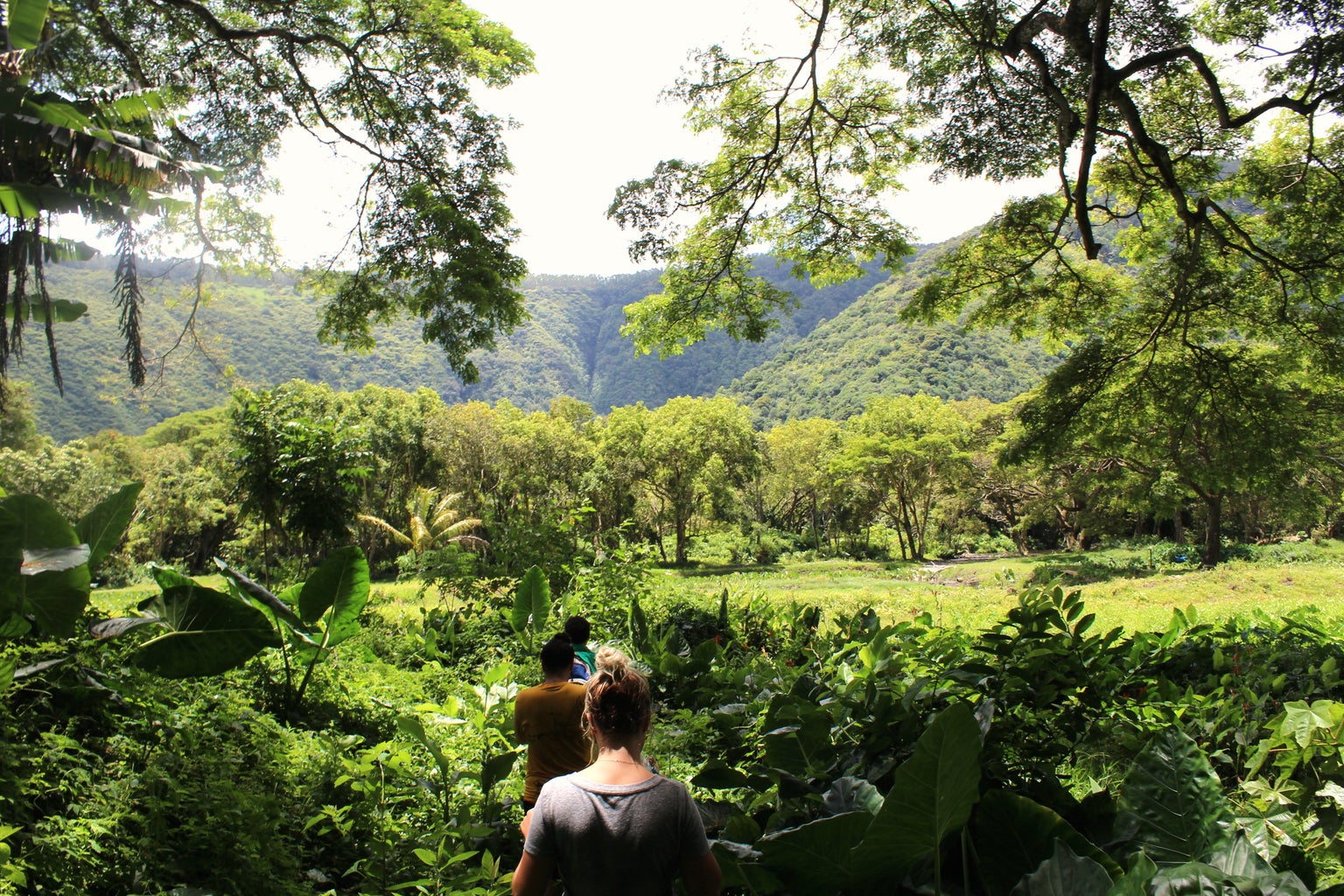
For me, this was how I felt about Leah. Although Leah is arguably the smartest character, as she is the one who figures out this was all planned, she’s not very likable to me. On one hand, I get that she’s supposed to be a teenager who is hyper-fixated on the guy that she loves and can’t understand why she can’t be with him so she acts erratically/impulsively, much to her detriment…but on the other hand, I think they could’ve given her these traits without making her be in a relationship with an adult. She could’ve been just as ‘crazy’ about a boy her own age or better yet, ditched that plot and made her character so neurotic for another reason like wanting to be the best student since we see that Leah loves to read/has an interest in literature (similar to how they made Rachel’s character hyper-fixate on her weight and being the best athlete).
My favorite characters are Dot, Fatin, and Nora. Dot and Fatin are my favorite characters because both of them are resourceful in different ways; in Dot’s case, she was super knowledgeable about wilderness survival from watching shows like Naked and Afraid and knew how to nurse the girls whenever someone got sick or was injured (a trait we learn comes from the fact that her father was dying of cancer and she took care of him up until his passing, which is also the reason she was able to go on this ‘retreat’ in the first place). In Fatin’s case, she was quite lazy in terms of participating in the shelter building and messed up their rationing system, it’s undeniable that she was a major help in keeping them all alive. After all, it was Fatin’s clothes that kept them from freezing to death and she was the one who found the waterfall where they could have fresh drinking water and bathe. Plus she was the comic relief (Dot as well in the beginning). And Nora…well I liked her quirky personality—which might actually be because Nora’s character seems to be on the Autism spectrum—and thought she was also resourceful because she knew a bunch of random survival facts that Dot didn’t or could easily solve any mathematical/logistical problem. As the show nears its conclusion, we learn Nora is a second experiment plant which is surprising considering her twin sister Rachel had no idea about this and had been convinced by Nora to even come on this retreat!
